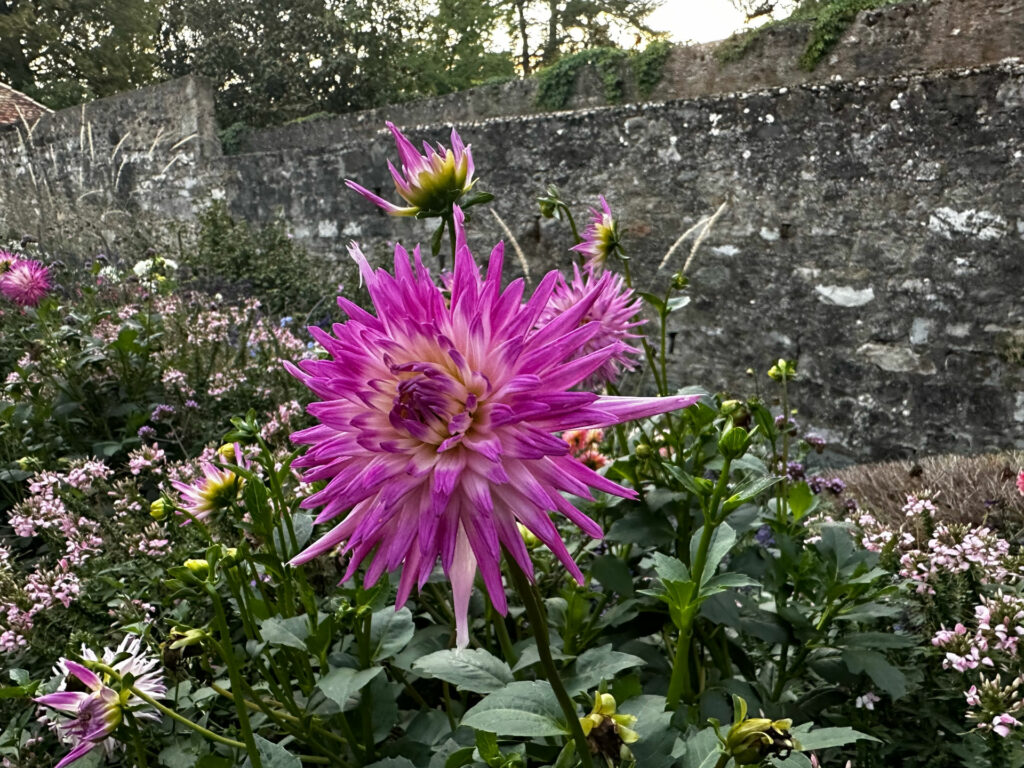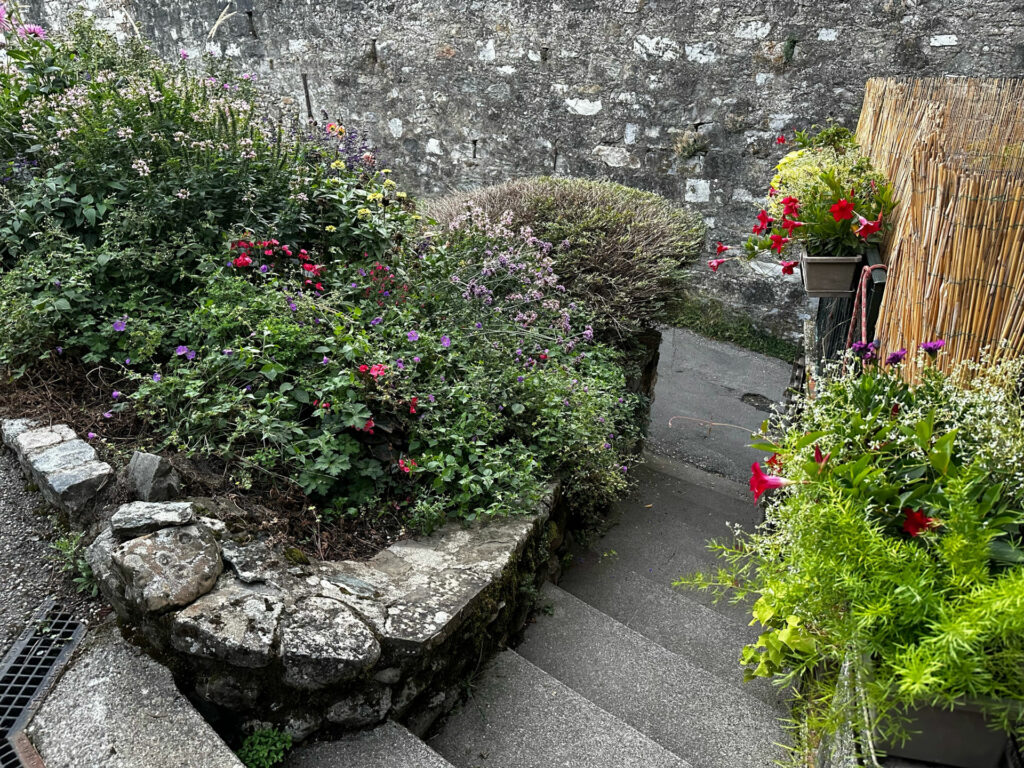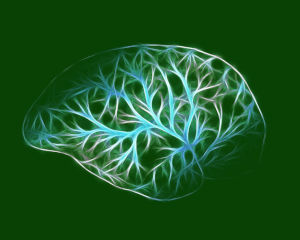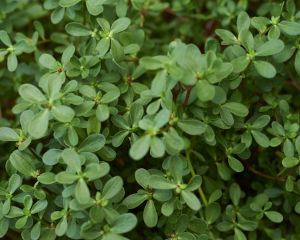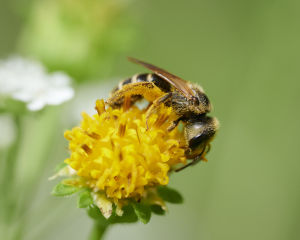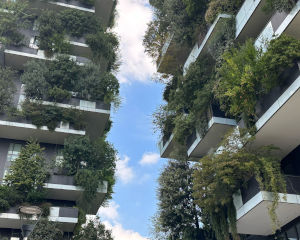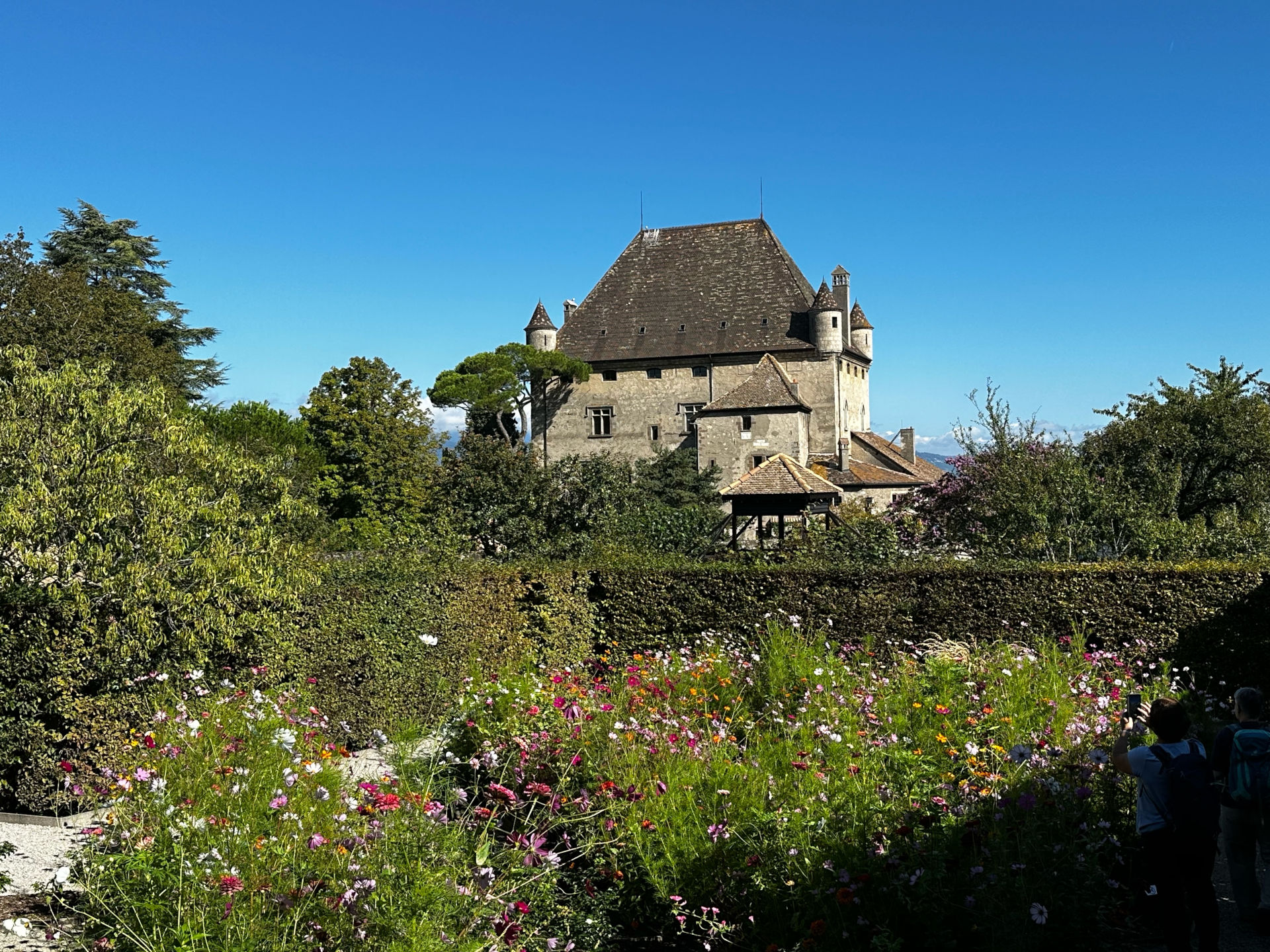
The Garden of the Five Senses
Photographs and Text by Gayil Nalls
Sign up for our monthly newsletter!
The Garden of the Five Senses, nestled within the medieval floral village of Yvoire, in the Rhône-Alpes region of France, is a beautiful place for an intriguing journey of sensory perception. The village is covered in plants and flowers and is known as one of the most picturesque villages in the country. In the Middle Ages, food and medicinal plants for healing were grown behind protecting walls. Today the garden is also designed to please the senses with beautiful colors, the feel of soft petals, the delight in taste, relaxing water and bird sounds, and the sensuousness of perfumed air– the sheer pleasure of inhaling the smell of roses, lavender, rosemary, pine, and pineapple sage.
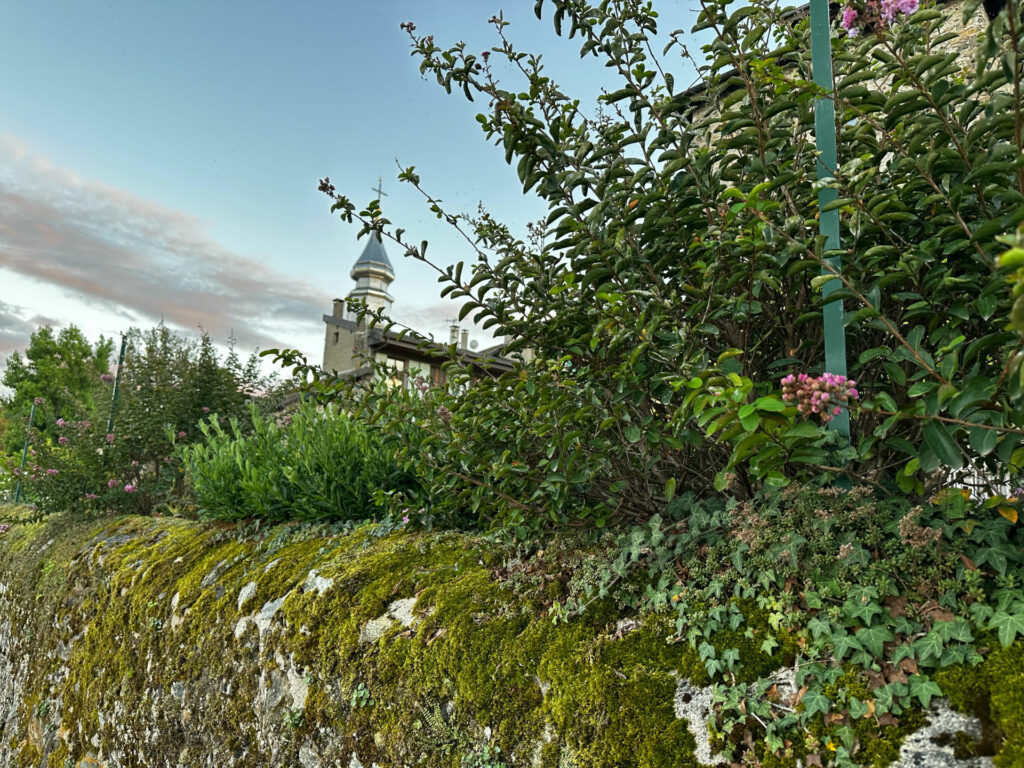
The town came to be in the fourteenth century, an initiative of Count Amadeus V of Savoy. Since 1655, members of the Bouvier‘d Yvoire family have strived to keep the castle and adjoining garden one of living heritage. In the nineteenth century, Francois d’Yvoire, a politician and botanist collected many exotic and rare plants, many of which are still in the garden, such as the persimmon trees.
The walled garden is no longer linked formally to the castle. In the 1980’s the owners of the garden, Anne Monique, and Yves d’Yvoire, were inspired to merge two ideas to recreate the garden. One was the idea of a maze and the other was to address each of the five senses. One ambles the straight paths to five unique intimate gardens defined in a Middle Ages maze-like layout with protective and defining pruned hornbeam and trellised apple trees.
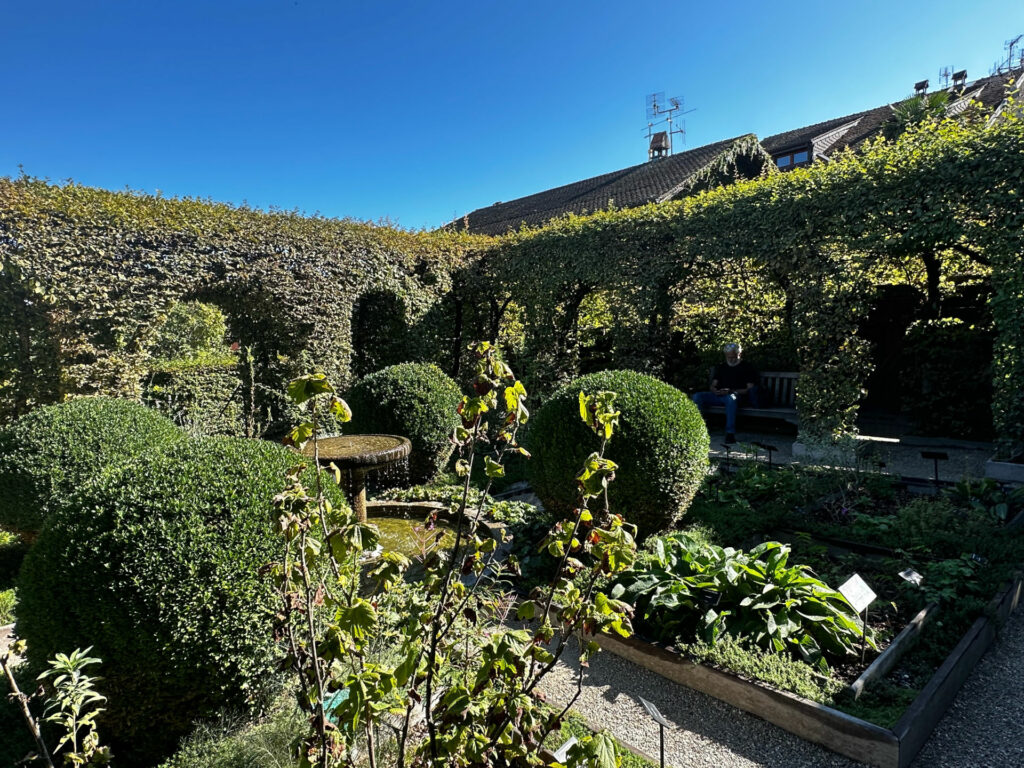
One first enters the upper part of the garden, which is an Alpine Meadow Garden, with many species of the surrounding Alps including endemic species like the increasingly rare Alpine plants such as edelweiss and the earthy scented gentians, the iconic plant of Switzerland in World Sensorium.
The second part of the design is the Garden of The Five Senses which invites us to simply use our powerful tools of observation and be perfectly conscious of our surroundings.
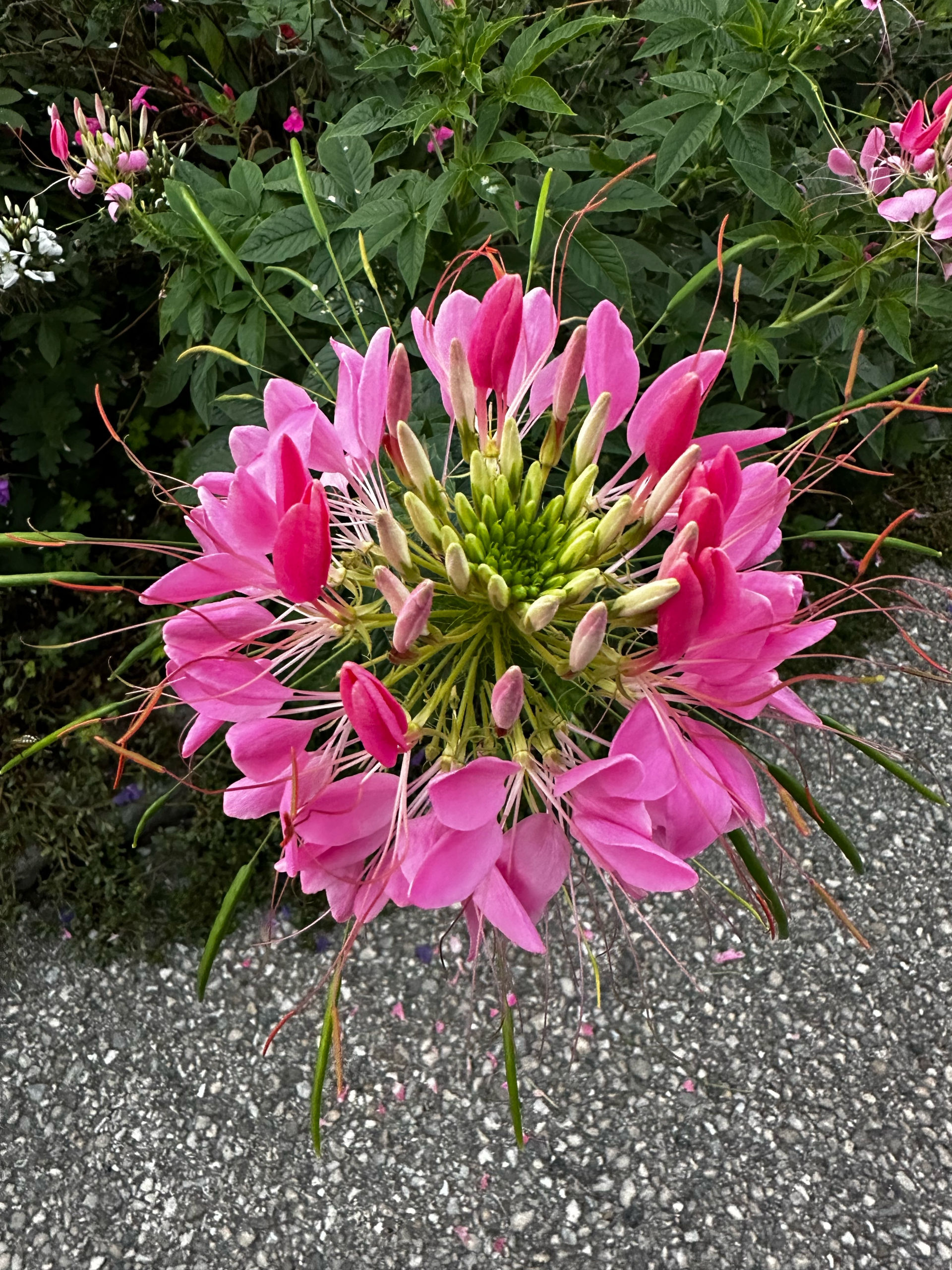
Garden of Sight
A garden defined by color and overall beauty, here we are reminded that color affects our minds and bodies and brings us joy. Color’s emotional value has moved poets and artists throughout the ages. The sight garden leads us to consider our primal relationship with form and color, often subconsciously appreciated across cultures. We are hardwired to appreciate forms of symmetry, certain ratios, and fractals, pervasive in nature, and our relationship to color is related to our ancestor’s hunting and foraging plants and knowing when a fruit or vegetable was ripe and the most pleasurable color to eat.
Garden of Touch
The touch garden delights with plants of visual and tactile interest for people to touch, rub, or otherwise caress. You might ask if it is okay to touch plants. Why it may not be obvious, recent scientific research suggests that plants are aware of what is happening to them and physiologically respond to touching, so touch them tenderly so they don’t sense danger.
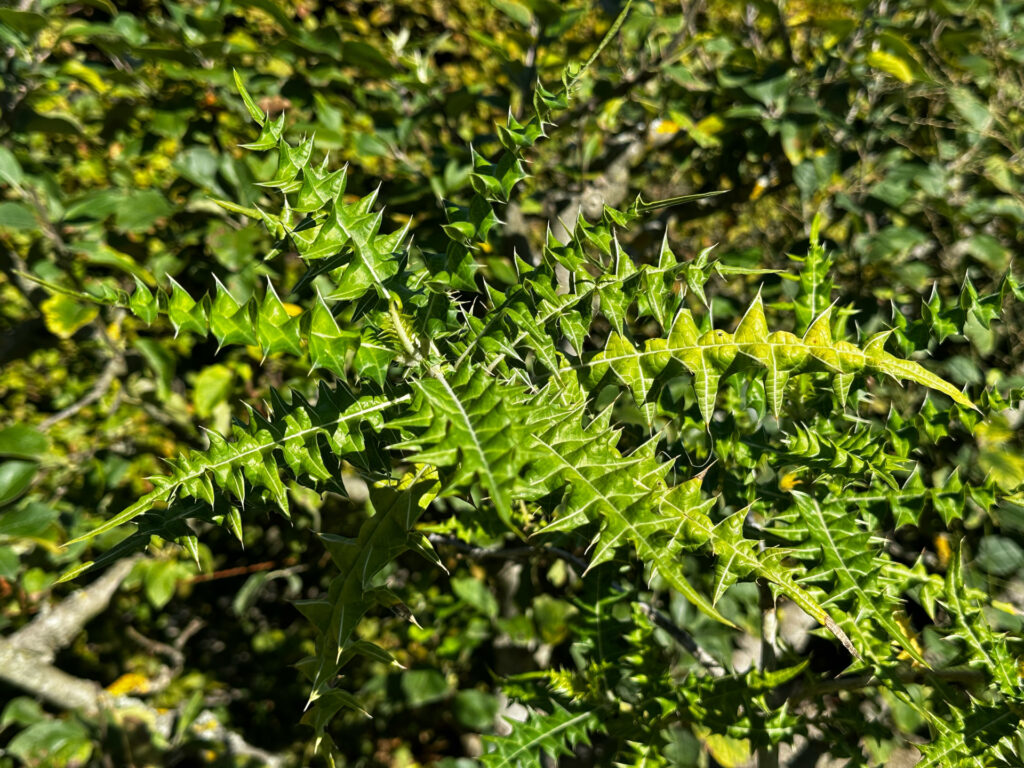
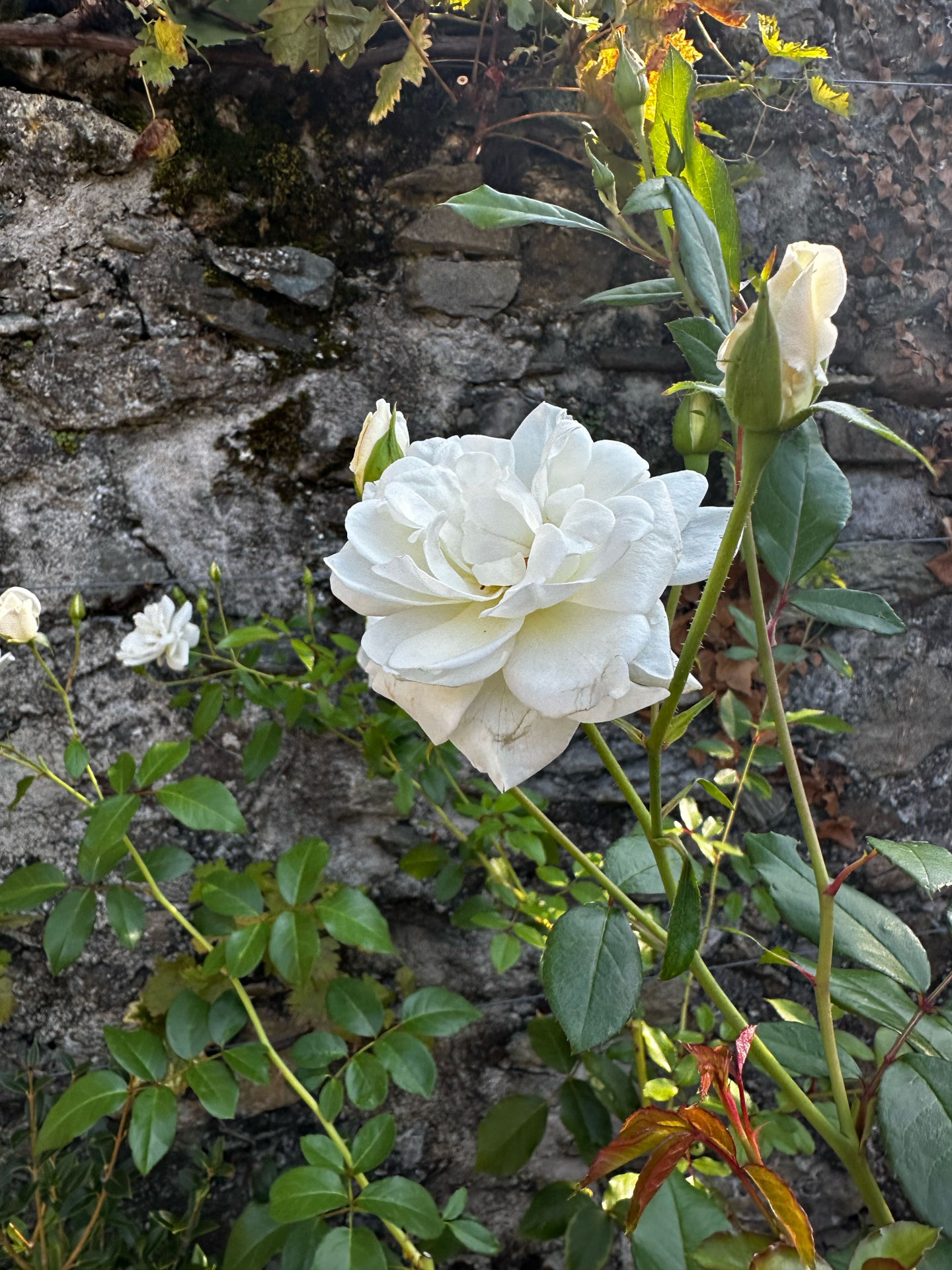
Garden of Scent
The garden of aromatic plants awakens memory and emotion at every turn of the head. Among the sages, rosemary, jasmine, and santolina are herbs and other aromatic plants are potted plants such as varieties of pelargoniums. Although these scents captivate humans, act on us, and have meaning for us, plants make scents to attract insect and animal pollinators and repel herbivores. Some plants release their scents spontaneously, some by stimulus, and others on cycles of day or night. All the plant’s scents have hundreds of different compounds and biological meanings to ensure its survival.
Garden of Taste
As one enters this garden of edible plants visitors are invited to forage for flavors of different cultures and try surprising combinations. The aromatic molecules of the plants come together to help create a rewarding experience of flavor and taste- and inform us about the gastronomic pleasures of food.
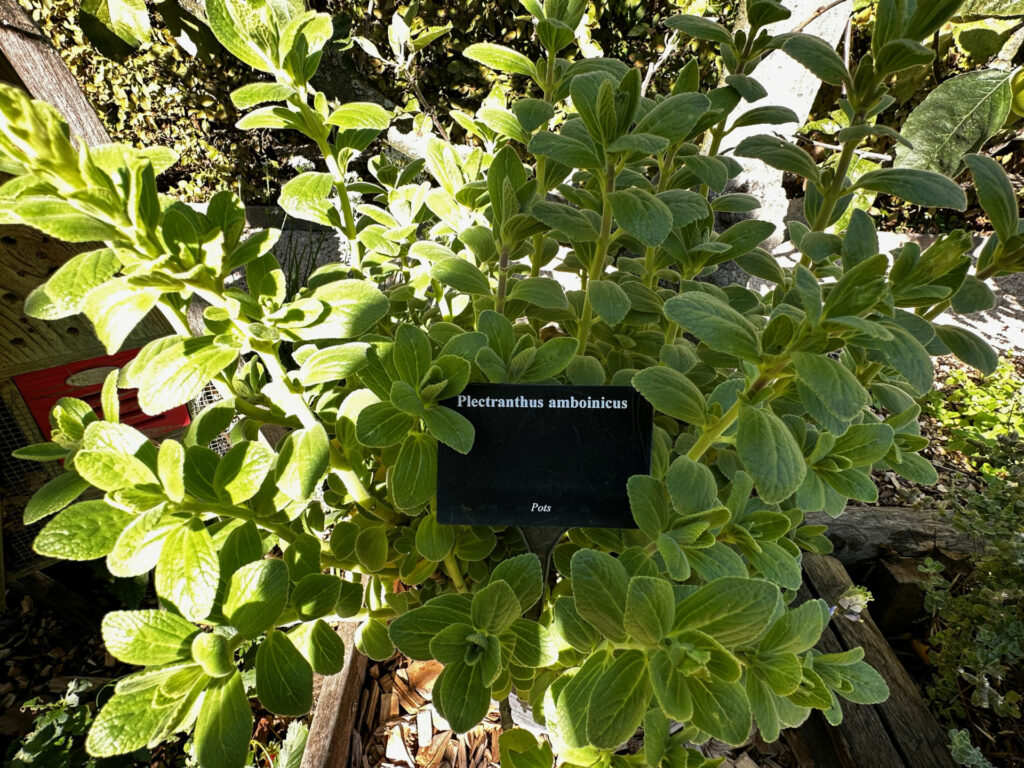
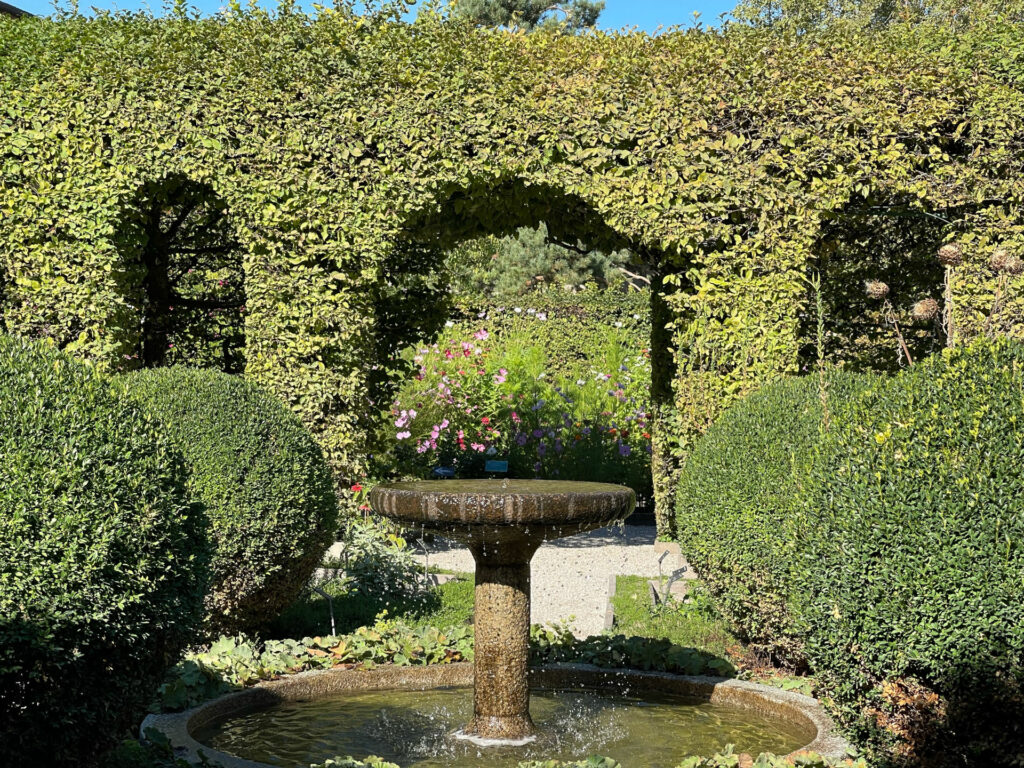
Garden of Hearing
An area defined by a concert of natural sounds, from lapping water to the sounds of birds and insects—vibrations and sound waves give us a ‘feeling’ for nature and remind us that from the beginning the planet has had its own natural frequency.
Walking in nature and gaining a sense of place takes a beautiful and profound fusion of our sensory gifts. The sensations we feel, and the dynamics of our emotional response, remind us of all we have inherited through evolution and evolution’s relevance today. Enjoy such moments.
Gayil Nalls is an interdisciplinary artist, gardener, and conservationist. She is the founder of World Sensorium / Conservancy and editor of its journal Plantings.

As Ireland transitions from the rich, smoky scent of peat-burning to a more sustainable future, its olfactory heritage is evolving. What will become the next iconic aromatic symbol of Ireland?
Click to watch the documentary trailer.
Plantings
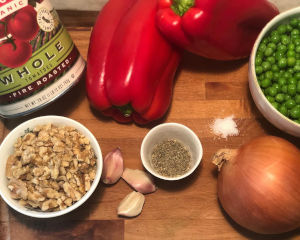
Eat More Plants Recipes:
Le Botaniste’s Fennel, Tomato, and Red Pepper Pasta Sauce


